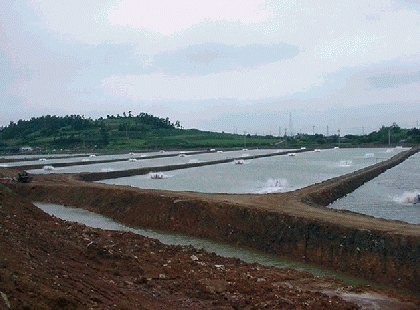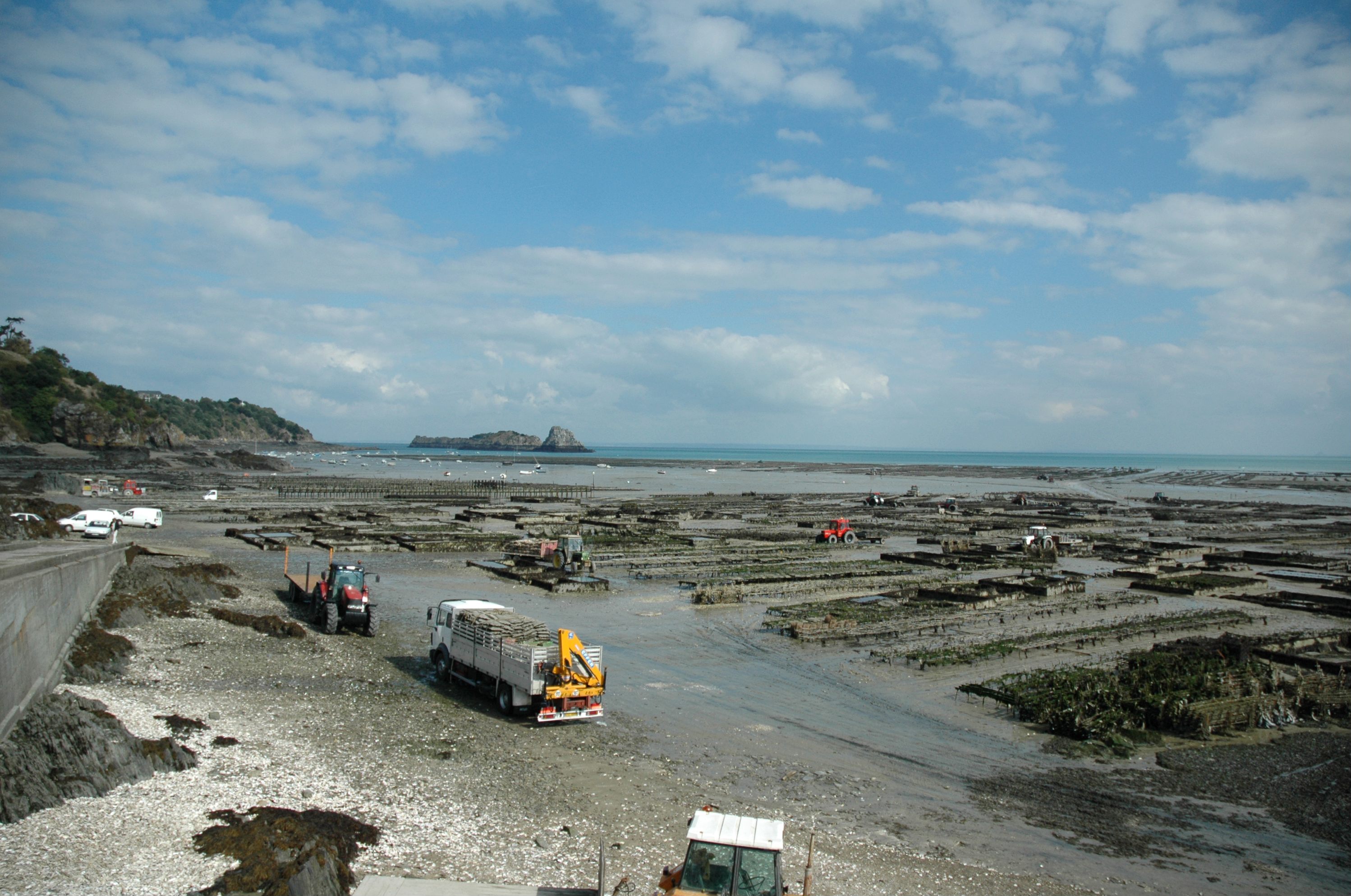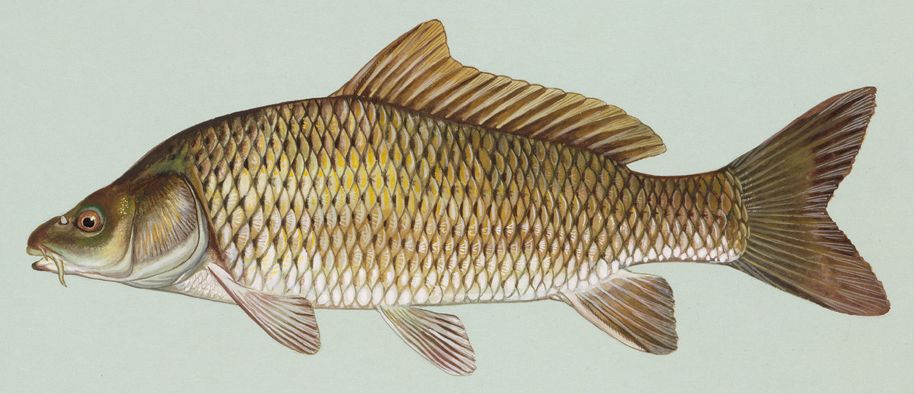|
Shuitou, Fujian
Shuitou () is a town (a township-level division) of Nan'an City, in southern Fujian province, China. Shuitou is located on the western side of the Shijing River and its estuary, the Anhai Bay (). It is connected to its eastern neighbor, the town of Anhai, by the famous ancient five-'' li''-long Anping Bridge, built from large (some almost 10 meters long) slabs of stone. There is also a modern road to Anhai (and on to Jinjiang City and Quanzhou), which has a much shorter bridge over the Shijing, as the estuary has largely silted up over a thousand of years since the old bridge was built. Economy Shuitou, similarly to its southern neighbor, Shijing, has a significant stone-working industry. There is a fair amount of new economic development in town, some of it connected to the trade with Taiwan. Aquaculture is practiced on the Anhai Bay (the estuary of the Shijing River). As of ca. 2001, 138.5 hectares of the bay's mudflats and water surface were used for aquaculture; this i ... [...More Info...] [...Related Items...] OR: [Wikipedia] [Google] [Baidu] |
Town (China)
When referring to political divisions of China, town is the standard English translation of the Chinese (traditional: ; ). The Constitution of the People's Republic of China classifies towns as third-level administrative units, along with for example townships (). A township is typically smaller in population and more remote than a town. Similarly to a higher-level administrative units, the borders of a town would typically include an urban core (a small town with the population on the order of 10,000 people), as well as rural area with some villages (, or ). Map representation A typical provincial map would merely show a town as a circle centered at its urban area and labeled with its name, while a more detailed one (e.g., a map of a single county-level division) would also show the borders dividing the county or county-level city into towns () and/or township () and subdistrict (街道) units. The town in which the county level government, and usually the division's mai ... [...More Info...] [...Related Items...] OR: [Wikipedia] [Google] [Baidu] |
Anhai
Anhai is a town in southern Fujian province, People's Republic of China. It is located in the far southern suburbs of the Quanzhou metropolitan area. and is separated by Weitou Bay () from Kinmen, which is controlled by the Republic of China on Taiwan. Administratively, Anhai is part of Jinjiang County-level City, which in its turn is subordinated to Quanzhou. The highest point in the town's administrative area is Mount Língyuán () at . History Anhai was known as Anping () during the Song dynasty. The famous Song-era Anping Bridge crosses a tidal estuary to the west of town, connecting Anhai with its western neighbor, the town of Shuitou, which administratively belongs in Nan'an. Shuixin Chan Temple is located by the eastern end of the bridge. Anhai was an important port during the Ming and early Qing periods. The 19th-century researchers writing for the Hakluyt Society thought Anhai was the port of "Tansuso" visited by Martín de Rada, but later research identified Tansu ... [...More Info...] [...Related Items...] OR: [Wikipedia] [Google] [Baidu] |
Shrimp Farming
Shrimp farming is an aquaculture business that exists in either a marine or freshwater environment, producing shrimp or prawns (crustaceans of the groups Caridea or Dendrobranchiata) for human consumption. Marine Commercial marine shrimp farming began in the 1970s, and production grew steeply, particularly to match the market demands of the United States, Japan, and Western Europe. The total global production of farmed shrimp reached more than 2.1 million tonnes in 1991, representing a value of nearly US$9 billion. About 30% of farmed shrimp is produced in Asia, particularly in China and Indonesia. The other 54.1% is produced mainly in Latin America, where Brazil, Ecuador, and Mexico are the largest producers. The largest exporting nation is Indonesia. Shrimp farming has changed from traditional, small-scale businesses in Southeast Asia into a global industry. Technological advances have led to growing shrimp at ever higher densities, and broodstock is shipped worldwide. Virtua ... [...More Info...] [...Related Items...] OR: [Wikipedia] [Google] [Baidu] |
Oyster Farming
Oyster farming is an aquaculture (or mariculture) practice in which oysters are bred and raised mainly for their pearls, shells and inner organ tissue, which is eaten. Oyster farming was practiced by the ancient Rome, ancient Romans as early as the 1st century BC on the Italian peninsula and later in Roman Britain, Britain for export to Rome. The French oyster industry has relied on aquacultured oysters since the late 18th century. History Oyster farming was practiced by the ancient Romans as early as the 1st century BC on the Italian peninsula. With the Barbarian invasions the oyster farming in the Mediterranean and the Atlantic came to an end. In fact, the Romans were the very first to cultivate Oysters. The Roman engineer Sergius Orata is known for his innovative ways of breeding and commercializing oysters. He did this by cultivating the mollusk with a system that could control the water levels. In 1852 Monsieur de Bon started to re-seed the oyster beds by collecting ... [...More Info...] [...Related Items...] OR: [Wikipedia] [Google] [Baidu] |
Sinonovacula Constricta
''Sinonovacula constricta'', the constricted tagelus, Chinese razor clam or Agemaki clam, is a commercially important species of bivalve native to the estuaries and mudflats of China and Japan. It is extensively aquafarmed in China and other countries, with 742,084 tons worth US$667,876,000 harvested in 2008. Clams from Duotou village in Putian city, Fujian are particularly famous, and are a key ingredient in Putian cuisine Putian cuisine, also known as Henghwa cuisine or Henghua cuisine, is a style of Chinese cuisine originating from the Putian people of Putian, Fujian, Fujian Province. It is a style of Fujian cuisine. Since Putian is a coastal area, ingredient .... References {{Taxonbar, from1=Q11128398 Pharidae Bivalves described in 1818 Taxa named by Jean-Baptiste Lamarck ... [...More Info...] [...Related Items...] OR: [Wikipedia] [Google] [Baidu] |
Chinese Razor Clam
''Sinonovacula constricta'', the constricted tagelus, Chinese razor clam or Agemaki clam, is a commercially important species of bivalve native to the estuaries and mudflats of China and Japan. It is extensively aquafarmed in China and other countries, with 742,084 tons worth US$667,876,000 harvested in 2008. Clams from Duotou village in Putian city, Fujian are particularly famous, and are a key ingredient in Putian cuisine Putian cuisine, also known as Henghwa cuisine or Henghua cuisine, is a style of Chinese cuisine originating from the Putian people of Putian, Fujian, Fujian Province. It is a style of Fujian cuisine. Since Putian is a coastal area, ingredient .... References {{Taxonbar, from1=Q11128398 Pharidae Bivalves described in 1818 Taxa named by Jean-Baptiste Lamarck ... [...More Info...] [...Related Items...] OR: [Wikipedia] [Google] [Baidu] |
Tegillarca Granosa
''Tegillarca granosa'' (also known as ''Anadara granosa'') is a species of ark clam known as the blood cockle or blood clam due to the red haemoglobin liquid inside the soft tissues. It is found throughout the Indo-Pacific region from the eastern coast of South Africa northwards and eastwards to Southeast Asia, Australia, Polynesia, and up to northern Japan. It lives mainly in the intertidal zone at one to two metres water depth, burrowed down into sand or mud. Adult size is about 5 to 6 cm long and 4 to 5 cm wide. Right and left valve of the same specimen: File:Tegillarca granosa 01.jpg, Right valve File:Tegillarca granosa 02.jpg, Left valve It has a high economic value as food, and it is kept in aquaculture. On the coast of Zhejiang Province alone, blood cockle plantations occupy around 145,000 '' mu'' (about 100 km2) of mudflats. These clams are raised in the river estuaries of the neighboring Fujian Province as well. Ruǎn Jīnshān; Li Xiùzhū; Lín Kèb ... [...More Info...] [...Related Items...] OR: [Wikipedia] [Google] [Baidu] |
Blood Cockle
''Tegillarca granosa'' (also known as ''Anadara granosa'') is a species of ark clam known as the blood cockle or blood clam due to the red haemoglobin liquid inside the soft tissues. It is found throughout the Indo-Pacific region from the eastern coast of South Africa northwards and eastwards to Southeast Asia, Australia, Polynesia, and up to northern Japan. It lives mainly in the intertidal zone at one to two metres water depth, burrowed down into sand or mud. Adult size is about 5 to 6 cm long and 4 to 5 cm wide. Right and left valve of the same specimen: File:Tegillarca granosa 01.jpg, Right valve File:Tegillarca granosa 02.jpg, Left valve It has a high economic value as food, and it is kept in aquaculture. On the coast of Zhejiang Province alone, blood cockle plantations occupy around 145,000 '' mu'' (about 100 km2) of mudflats. These clams are raised in the river estuaries of the neighboring Fujian Province as well. Ruǎn Jīnshān; Li Xiùzhū; Lín Kèb ... [...More Info...] [...Related Items...] OR: [Wikipedia] [Google] [Baidu] |
Hectare
The hectare (; SI symbol: ha) is a non-SI metric unit of area equal to a square with 100-metre sides (1 hm2), or 10,000 m2, and is primarily used in the measurement of land. There are 100 hectares in one square kilometre. An acre is about and one hectare contains about . In 1795, when the metric system was introduced, the ''are'' was defined as 100 square metres, or one square decametre, and the hectare ("hecto-" + "are") was thus 100 ''ares'' or km2 (10,000 square metres). When the metric system was further rationalised in 1960, resulting in the International System of Units (), the ''are'' was not included as a recognised unit. The hectare, however, remains as a non-SI unit accepted for use with the SI and whose use is "expected to continue indefinitely". Though the dekare/decare daa (1,000 m2) and are (100 m2) are not officially "accepted for use", they are still used in some contexts. Description The hectare (), although not a unit of SI, i ... [...More Info...] [...Related Items...] OR: [Wikipedia] [Google] [Baidu] |
Aquaculture In China
China, with one-fifth of the world's population, accounts for two-thirds of the world's reported aquaculture production.FAO Fact sheetAquaculture in China and Asia/ref> Aquaculture is the farming of fish and other aquatic life in enclosures, such as ponds, lakes and tanks, or cages in rivers and coastal waters. China's 2005 reported harvest was 32.4 million tonnes, more than 10 times that of the second-ranked nation, India, which reported 2.8 million tonnes. China's 2005 reported catch of wild fish, caught in rivers, lakes, and the sea, was 17.1 million tonnes. This means that aquaculture accounts for nearly two-thirds of China's reported total output. The principal aquaculture-producing regions are close to urban markets in the middle and lower Yangtze valley and the Zhu Jiang delta. Early history Aquaculture began about 3500 BC in China with the farming of the common carp. These carp were grown in ponds on silk farms, and were fed silkworm nymphs and faeces.Parker R (2000''Aq ... [...More Info...] [...Related Items...] OR: [Wikipedia] [Google] [Baidu] |
Taiwan
Taiwan, officially the Republic of China (ROC), is a country in East Asia, at the junction of the East and South China Seas in the northwestern Pacific Ocean, with the People's Republic of China (PRC) to the northwest, Japan to the northeast, and the Philippines to the south. The territories controlled by the ROC consist of 168 islands, with a combined area of . The main island of Taiwan, also known as ''Formosa'', has an area of , with mountain ranges dominating the eastern two-thirds and plains in the western third, where its highly urbanised population is concentrated. The capital, Taipei, forms along with New Taipei City and Keelung the largest metropolitan area of Taiwan. Other major cities include Taoyuan, Taichung, Tainan, and Kaohsiung. With around 23.9 million inhabitants, Taiwan is among the most densely populated countries in the world. Taiwan has been settled for at least 25,000 years. Ancestors of Taiwanese indigenous peoples settled the isla ... [...More Info...] [...Related Items...] OR: [Wikipedia] [Google] [Baidu] |
Shijing, Fujian
Shijing Town () is a township-level division of Nan'an City, in southern Fujian Province, China. Geography Shijing Town is located on the western shore of the narrow Anhai Bay (the estuary of the Shijing River), where it opens into the Weitou Bay () of the Taiwan Strait. Administratively, the territory included into Shijing Town forms sort of a southern "panhandle" of Nan'an City, and the only part of Nan'an that is located on the sea coast. Shijing is served by Fujian Provincial Highway 201 (S201), which runs generally parallel to the sea coast. Administrative divisions One residential community: * Shijing (Shih-ching; ) Twenty-five villages: * Sunei (), Xiafang (), Lianfeng (), Yuanxia (Yüan-hsia; ), Cujin (), Houdian (Hou-tien; ), Sanxiang (), Linbing (), Yingqian (), Tiandong (), Xianjing (), Laogang (), Qiaotou (), Hemei (), Kuixia (), Xiban (), Gushan (Ku-shan; ), Guoqian (Kuo-ch'ien; ), Yangshan (), Yuanqian (Yüan-ch'ien; ), Cendou / Yindou ( / ), Xidong (Ch'i-tung ... [...More Info...] [...Related Items...] OR: [Wikipedia] [Google] [Baidu] |



.jpg)

